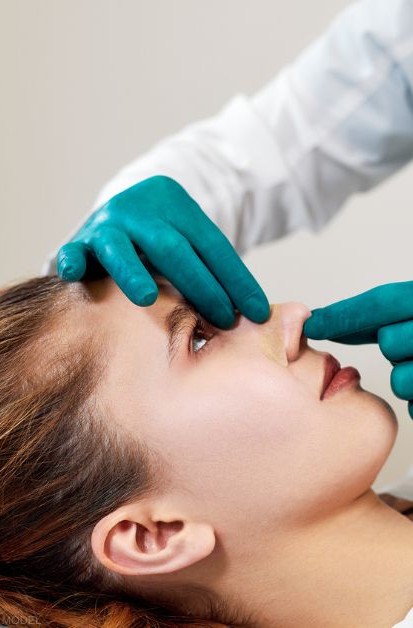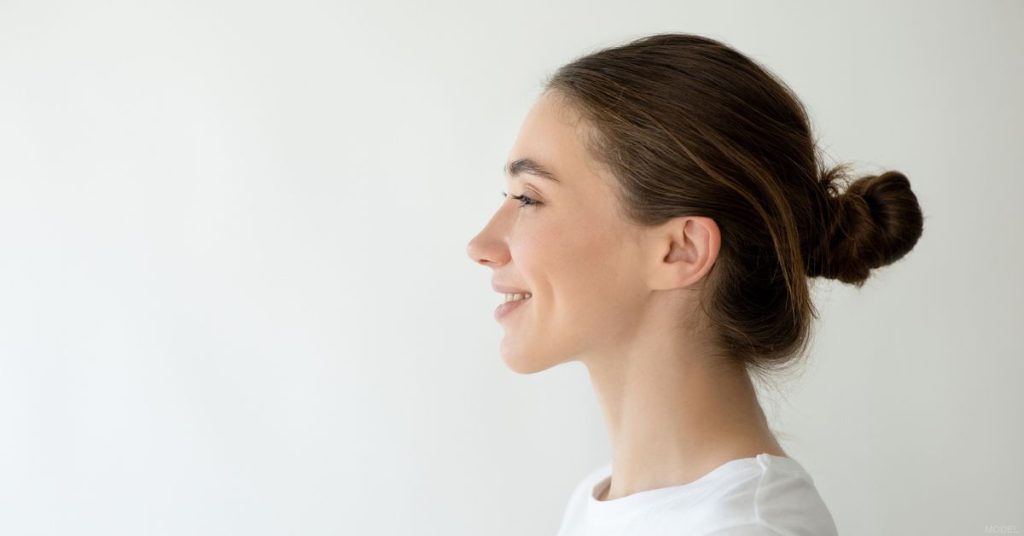Rhinoplasty can be a life-changing procedure, boosting your confidence in your appearance. Still, recovery time is an essential concern for most patients. Many patients at Rockmore Plastic Surgery want to know how long it takes to heal, what to expect day by day, and how to ensure the best possible outcome. Read on to learn more so you can feel more prepared for your procedure.
Understanding Rhinoplasty Recovery
Healing after a nose job doesn’t follow a rigid schedule, but there are typical phases most patients go through. Most visible healing occurs within the first month, but subtle changes continue to unfold for up to a year as your results evolve into their final shape.
Your rhinoplasty healing timeline will depend on factors like the complexity of your surgery, your skin type, and how closely you follow your surgeon’s instructions. While the healing process is gradual, understanding the rhythm of recovery can make it easier to stay patient and optimistic.
The Rhinoplasty Recovery Timeline
Every person’s recovery is different, but here’s a general idea of what the healing process may look like, broken down by phase.
- First 48 hours: You’ll likely feel groggy and experience swelling, congestion, and some facial pressure. Cold compresses, rest, and pain medication will help you stay comfortable.
- Days 3 to 7: Bruising may darken before it begins to fade. Swelling around the nose and eyes may peak, and you’ll breathe primarily through your mouth. You’ll return to the office to have your splint and any external sutures removed near the end of this period.
- Week 2: Swelling starts to go down noticeably, and bruising becomes easier to conceal. Many people feel ready to return to work or school at this point. Some mild swelling and nasal stiffness may persist.
- Weeks 3 to 4: You may feel more like yourself physically, but keep in mind that subtle swelling—especially around the tip of the nose—can persist. Avoid high-impact activities and continue to follow your post-op guidelines.
- Months 2 to 6: The swelling gradually resolves. You may start to see a more defined nasal contour, though changes can continue for up to a year. By now, your nose will feel more natural and less sensitive.
While this timeline offers a general framework, your own experience may vary. Staying in close contact with your surgeon and following personalized instructions will help guide your progress and ensure the best possible results.
Post-Rhinoplasty Tips
A smooth recovery isn’t just about time passing—it’s about how you care for yourself along the way. Here are a few of the most helpful tips for post-rhinoplasty care:
- Keep your head elevated: This helps reduce swelling, even while sleeping. Use extra pillows or a wedge pillow to keep your head above your heart.
- Avoid bending over or lifting: Any activity that increases blood pressure to your face can worsen swelling or impact healing.
- Follow your medication instructions: Take prescribed pain relievers and antibiotics exactly as directed. Over-the-counter remedies should be cleared with your surgeon first.
- Protect your nose: Don’t bump or blow your nose, and avoid wearing glasses that rest on the bridge until cleared by your surgeon.
- Skip the gym for a while: You’ll be advised to avoid strenuous activities for several weeks. Light walking is usually fine early on but always check with your surgeon.
These small steps can greatly affect your comfort and long-term results. Think of your recovery as part of the transformation—not just downtime, but a crucial phase that sets the stage for success.
Learn the answers to 7 frequently asked questions about rhinoplasty in this blog post.
Swelling, Patience, and Progress: What’s Normal After Rhinoplasty

Post-rhinoplasty swelling is one of the most common concerns people experience. Feeling anxious when your nose looks swollen or uneven in the early weeks is completely normal, but this is temporary. Most noticeable swelling improves within the first month, but subtle changes continue for several months as tissues settle.
It’s also normal to experience a rollercoaster of emotions during recovery. Some patients may feel a bit uncertain in the first few weeks, especially while adjusting to their new appearance. This phase usually passes once the swelling subsides and the results begin to take shape.
Be patient. Full rhinoplasty results take time, but if you follow your post-op rhinoplasty care plan and stay in touch with your surgeon, you’ll be on the right track toward results you’ll love.
Ready To Take the Next Step?
If you’re considering rhinoplasty and want to speak with a board-certified plastic surgeon, call our office today at (518) 328-3330 or request a consultation. Our experienced staff will support you through every step of your journey—from your consultation to the final stages of healing.





Leave a Reply